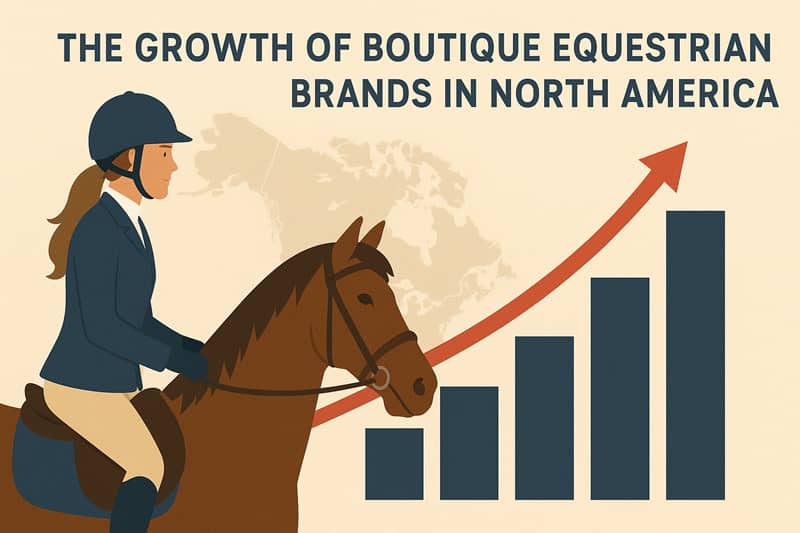🚀 Key Market Opportunities at a Glance
| Market Metric | Current Value | Growth Rate |
|---|---|---|
| North American Market Size | $4.75 billion (2024) | 5.9% CAGR |
| Boutique Brand Market Share | 8-10% (Current) | Target: 12% by 2027 |
| Average Premium Pricing | 25-40% above mass market | Growing acceptance |
Brought to you by Zest Equestrian - your trusted partner in equestrian manufacturing excellence.
What Are Boutique Equestrian Brands? (And Why They're Winning)
Understanding the Boutique Revolution
Imagine walking into a store where everything feels made just for you. That's exactly what boutique equestrian brands in North America are creating for riders everywhere. These aren't your typical big-box stores with thousands of identical products. Instead, they're small, focused companies that treat each rider like family.
A boutique equestrian brand typically means a company that makes specialized riding apparel and gear in smaller batches. Think of it like a local bakery compared to a huge factory - everything is fresher, more personal, and crafted with extra care.
Key Differentiators That Set Them Apart
These brands win because they focus on what big companies often miss. First, they offer custom sizing and design options that actually fit real riders' bodies. Second, they use premium materials and craftsmanship that lasts longer than mass-produced alternatives.
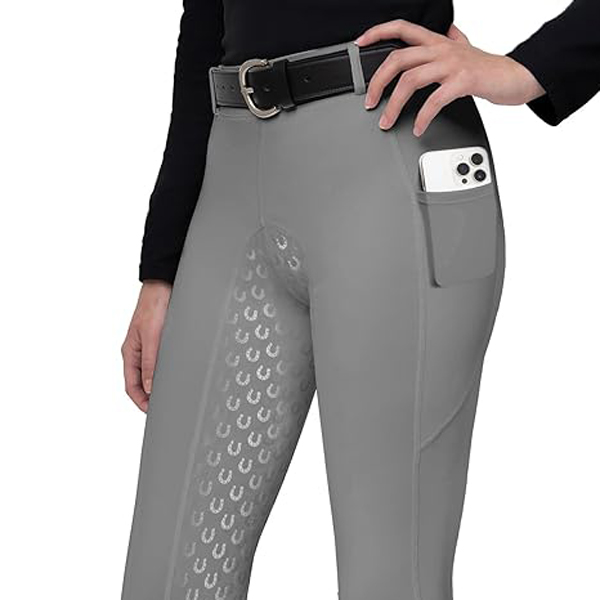
Culotte d'équitation sur mesure
Tailored fit for every rider
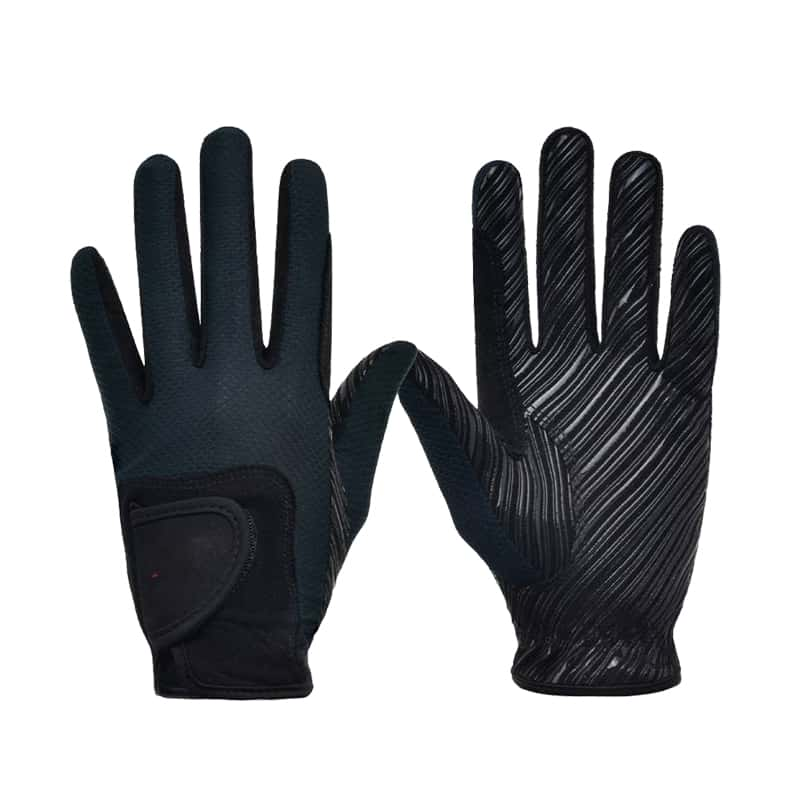
Gants de compétition
Professional-grade performance
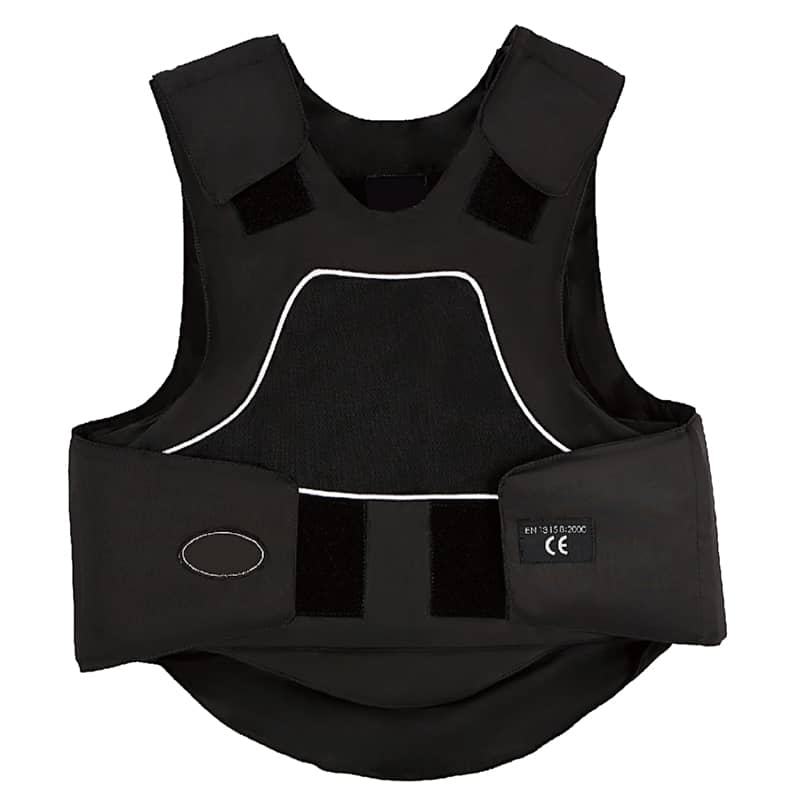
Équipement de sécurité
Advanced protection technology
Moreover, boutique brands excel at direct-to-consumer sales through their websites, pop-up shops at horse shows, and even visits to local barns. This approach means they can offer better prices than traditional retail while building stronger relationships with their customers.
"Equestrian brands must move beyond uniform online presentations—storytelling and emotional engagement are key to differentiating in a crowded market," says Kelly Berry, Equestrian Marketing Consultant, Jul 08, 2025.
The Numbers That Matter: Market Size and Growth
North America's Dominant Position
The growth of boutique equestrian brands in North America is backed by impressive market fundamentals. According to recent industry data, North America's equestrian products and supplies market reached USD 4.75 billion in 2024, driven by rising participation in riding sports and a shift toward premium, experience-driven gear.
Furthermore, North America accounted for over 35% share of the global horse riding equipment market in 2023, reflecting its status as the largest regional market. This dominance creates enormous opportunities for new custom equestrian brands to establish themselves.
Growth Projections and Market Dynamics
The global equestrian apparel market reached USD 6.84 billion in 2024 and is projected to grow at a steady 5.52% CAGR through 2032. However, boutique and specialty segments are experiencing much higher growth rates, often reaching 8-12% annually.
Additionally, while broad equestrian categories grow at 2-5% annually, premium segments focused on performance fabrics, safety gear, and fashion-oriented pieces show significantly higher growth. The U.S. equestrian apparel market specifically has been projected at approximately 5.9% CAGR from 2024-2032.
Market Insight: North America accounted for over 35% share of the global horse riding equipment market in 2023, reflecting its status as the largest regional market. This creates substantial opportunities for boutique brands to capture market share from established players.
Why Boutique Equestrian Brands Are Booming Right Now
The Personalization Revolution
Today's riders want gear that fits their unique needs, not one-size-fits-all solutions. This demand for personalization is driving the growth of boutique equestrian brands in North America like never before. Riders are tired of breeches that don't fit properly or gloves that fall apart after a few months.
Boutique brands capitalize on this by offering semi-custom sizing, personalized embroidery, and riding breeches designed for specific disciplines. This level of customization simply isn't possible for mass-market manufacturers who need to produce thousands of identical items.
Digital Marketing and Social Media Success
Social media has become a game-changer for small equestrian brands. Platforms like Instagram and TikTok allow these companies to showcase their products in action, share customer stories, and build communities around their brands. Additionally, influencer partnerships with respected riders help establish credibility quickly.
The direct-to-consumer model also means boutique brands can offer competitive pricing while maintaining higher profit margins. They skip traditional retail markups and pass those savings on to customers while investing more in quality materials and craftsmanship.
Sustainability as a Competitive Advantage
Environmental consciousness is driving significant changes in consumer behavior. Boutique equestrian brands are leading the charge with eco-friendly materials, ethical manufacturing practices, and durability-focused designs that reduce waste.
"The shift toward eco-friendly manufacturing and high-tech performance materials is redefining market standards, forcing brands to invest heavily in R&D," observes a Market Research Community analyst, Sep 12, 2025.
Many boutique brands partner with manufacturers who specialize in sustainable production methods, using recycled polyester, organic cotton, and innovative eco-friendly materials that appeal to environmentally conscious riders.
Who's Buying From Boutique Brands?
The Core Demographics
Understanding the customer base is crucial for the success of boutique equestrian brands in North America. Female riders compose 55-65% of apparel buyers, prioritizing both performance and style in their purchasing decisions. These customers typically have disposable income and are willing to pay premium prices for quality products.
Millennials and Gen Z represent over 40% of new entrants to both competitive and leisure riding. This younger demographic values authenticity, sustainability, and brands that align with their personal values. They're also more likely to discover and purchase from boutique brands through social media channels.
Recreational vs. Competitive Riders
Interestingly, recreational riding apparel accounts for a growing share of the market. These riders aren't necessarily competing but want to look good and feel comfortable while riding. They're drawn to versatile pieces that work both in and out of the saddle.

Children's Line
Growing young rider market

Men's Collection
Expanding male demographic
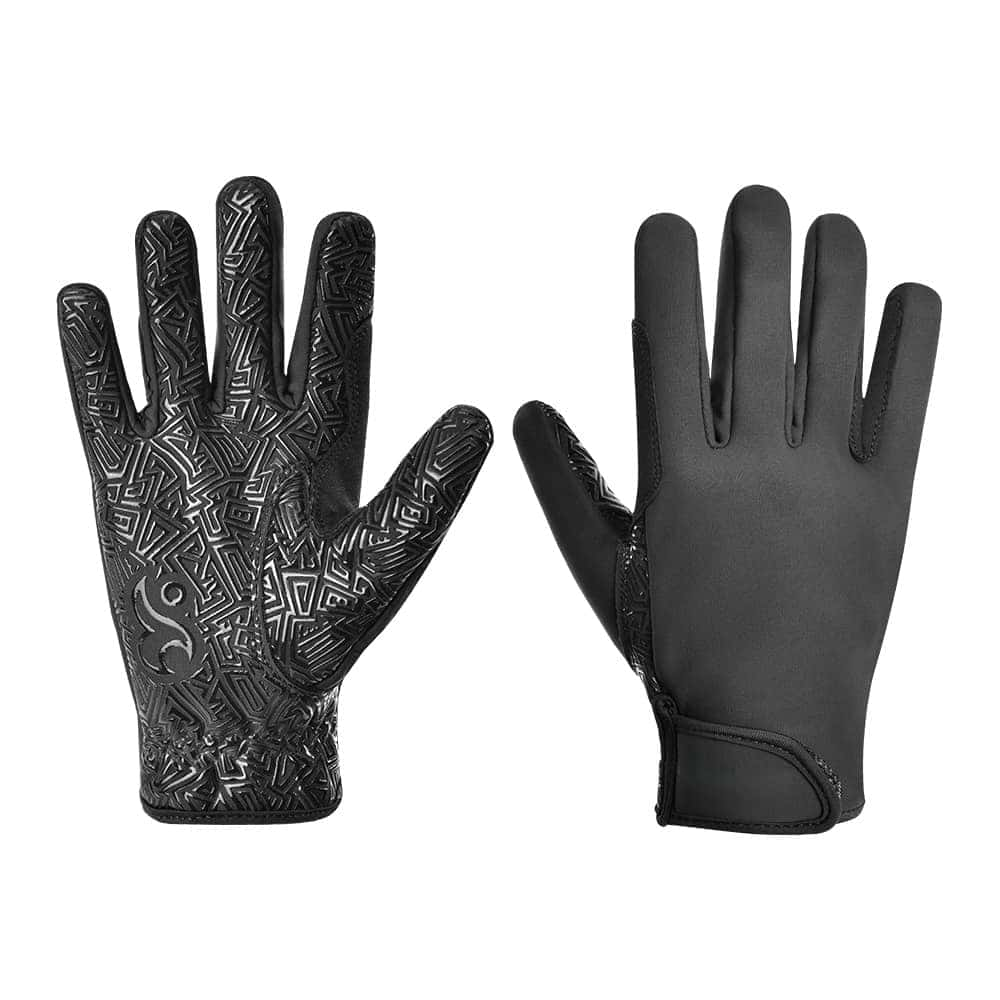
Seasonal Gear
All-weather performance
Competitive riders, while representing a smaller percentage, often have higher lifetime values. They require specialized gear for their disciplines and are willing to invest in high-performance safety equipment and technical apparel that can improve their performance.
Consumer Insight: Consumer demand is shifting toward style, comfort, and function. Riders increasingly seek a blend of fashion, comfort, and performance, including moisture-wicking and UV-protective fabrics, enhanced safety features, and customizable fits for apparel that works both in and out of the saddle.
The Biggest Challenges (And How to Overcome Them)
Supply Chain and Manufacturing Hurdles
One of the biggest challenges facing the growth of boutique equestrian brands in North America is managing supply chain complexity. Small production runs often result in higher per-unit costs, making it difficult to compete on price with mass-market brands.
However, smart boutique brands are overcoming this by partnering with specialized manufacturers who understand their needs. Companies like those offering OEM & ODM services can provide the flexibility and expertise needed to produce small batches cost-effectively while maintaining quality standards.
Brand Visibility and Competition
Breaking through the noise in a crowded marketplace requires strategic thinking. Many boutique brands struggle with limited marketing budgets compared to established companies. The solution lies in focused, authentic marketing that emphasizes storytelling and community building rather than trying to compete dollar-for-dollar on advertising spend.
Furthermore, partnerships with riding influencers, sponsorships of local events, and presence at major horse shows can provide targeted exposure to the right audiences. Professional branding and packaging also helps create a premium impression that justifies higher price points.
Quality Control at Scale
Maintaining consistent quality becomes more challenging as boutique brands grow
Maintaining consistent quality becomes more challenging as boutique brands grow. However, this challenge can be addressed through rigorous quality control processes and partnerships with experienced manufacturers who understand the importance of premium standards.
Additionally, implementing detailed technical specifications, regular production audits, and comprehensive testing protocols ensures that every piece meets brand standards. Smart boutique brands also invest in building long-term relationships with their manufacturing partners rather than constantly switching suppliers for marginally lower costs.
Challenge Insight: Boutique brands face balancing premium pricing with consumer willingness to pay. While there is demand, in certain equestrian sub-markets (e.g., amateurs, recreational riders), high cost can be a barrier. Also, as more boutiques emerge, differentiation becomes harder.
Your Roadmap to Success: Proven Strategies That Work
Step-by-Step Market Entry Approach
Successfully launching a boutique equestrian brand requires a systematic approach. First, identify your niche within the broader market. Whether it's dressage-specific apparel, children's riding gear, or eco-friendly accessories, focus helps you stand out.
Next, develop a minimum viable product line with 3-5 core items rather than trying to compete across all categories immediately. This approach allows you to perfect your quality and customer service before expanding. Many successful brands start with riding gloves or accessories before moving into apparel.
Digital Marketing Tactics That Convert
Digital marketing is the lifeblood of boutique equestrian brands in North America. Start by creating high-quality content that showcases your products in real riding situations. Video content performs exceptionally well, especially behind-the-scenes manufacturing content and rider testimonials.
Email marketing remains incredibly effective for equestrian brands. Build your list by offering valuable content like fitting guides, care instructions, or exclusive previews of new products. Segment your list by riding discipline, experience level, and purchase history to send targeted messages that resonate.
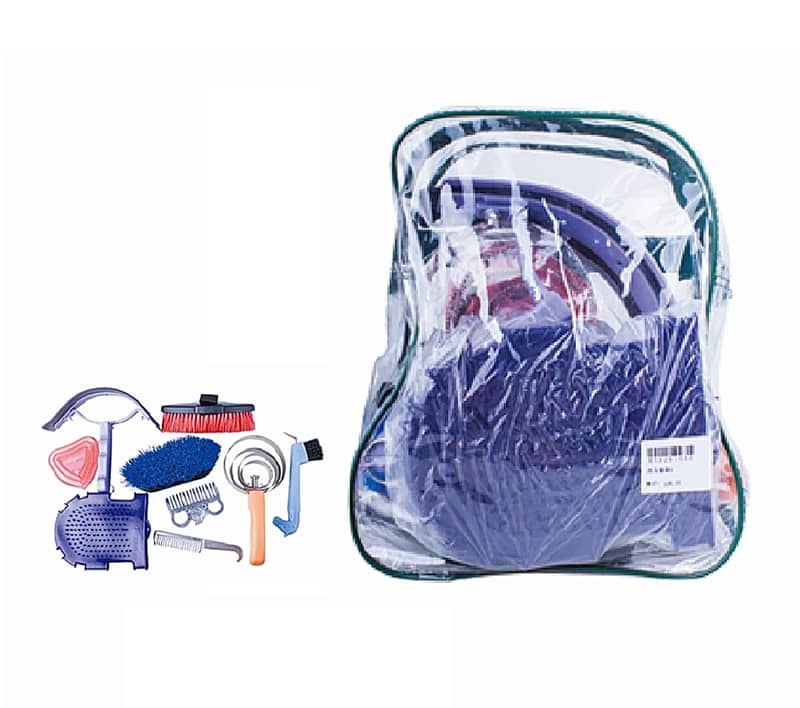
Produits de soins
Complete grooming solutions
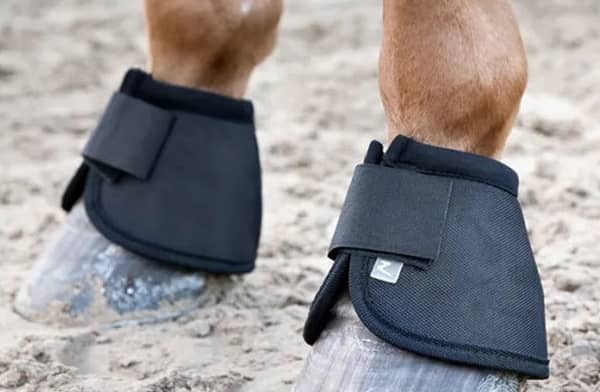
Protection des chevaux
Essential safety equipment

Tapis de selle
Comfort and performance
Building Community and Brand Loyalty
Successful boutique brands don't just sell products; they build communities. Create Facebook groups or online forums where customers can share experiences, ask questions, and connect with other riders. Host virtual events like fitting clinics or product launches that make customers feel part of something special.
Customer service excellence is non-negotiable. Respond quickly to inquiries, handle returns gracefully, and go above and beyond to solve problems. Word-of-mouth referrals drive significant growth for boutique brands, and exceptional service creates passionate advocates.
"Brand storytelling and lifestyle branding become key differentiators. Boutique brands succeed not just by product quality but by positioning themselves as purveyors of a lifestyle—heritage, craftsmanship, authenticity."
Manufacturing Smart: How to Scale Without Breaking the Bank
OEM/ODM Partnerships for Success
Smart manufacturing partnerships are crucial for the growth of boutique equestrian brands in North America. Working with experienced private label manufacturers allows you to access professional-grade production capabilities without massive upfront investments.
Look for partners who offer sample development services and can work with smaller minimum order quantities. The right manufacturing partner should also provide design assistance, helping you refine your concepts into production-ready specifications.
Minimum Order Quantities and Cost Management
Understanding MOQs (Minimum Order Quantities) is essential for managing cash flow and inventory risk. Many boutique brands start with MOQs of 100-300 pieces per style, which allows for testing market demand without excessive inventory investment.
Negotiate payment terms that work for your cash flow, such as 30% down payment and 70% on completion. Additionally, consider starting with core colors and sizes, then expanding based on sales data. This approach minimizes risk while allowing for growth.
Quality Control Essentials
Implementing robust quality control processes protects your brand reputation and reduces costly returns. Work with manufacturers who provide detailed quality control documentation and are willing to address issues promptly.
Request pre-production samples, mid-production inspections, and final inspections before shipping. Establish clear quality standards for stitching, materials, fit, and finishing details. Remember, your brand's reputation depends on consistent quality delivery.
Manufacturing Insight: Smaller scale operations provide greater flexibility and innovation opportunities. Boutique brands can experiment more easily with limited runs, innovative materials, custom design, or collaborations. This agility lets them respond quickly to rider feedback and fashion trends.
What's Next: Future Opportunities and Trends
Emerging Market Segments
The future of boutique equestrian brands in North America looks incredibly promising with several emerging opportunities. The crossover market between equestrian and athleisure is expanding rapidly, with riders wanting gear that looks good both in and out of the saddle.
Additionally, the youth market represents enormous potential. Parents are increasingly willing to invest in quality riding gear for their children, especially items that prioritize safety and comfort. Horse care products also offer opportunities for brands to expand beyond rider-focused items.
Technology Innovations
Advanced materials technology is revolutionizing equestrian gear. Smart textiles that regulate temperature, moisture-wicking fabrics with antimicrobial properties, and ultra-lightweight safety equipment are becoming standard expectations rather than luxury features.
Virtual and augmented reality are also changing how customers shop for equestrian gear. Virtual try-on technology helps solve sizing issues for online purchases, while AR apps can show how saddle pads or horse rugs will look on specific horses.
Sustainability Trends
Environmental consciousness continues driving market evolution. Boutique brands are leading innovation in recycled materials, biodegradable packaging, and circular economy business models. Brands that can demonstrate genuine environmental commitment will have significant competitive advantages.
The use of recycled and plant-based textiles in equestrian apparel rose by 18% between 2023-2025. Brands highlighting traceability and animal welfare—such as PETA-approved leather alternatives—see 12% higher conversion rates than conventional alternatives.
Growth Predictions
Industry experts predict that boutique equestrian brands will capture 10-12% of the North American equestrian apparel market by 2027, as personalization and direct-to-consumer models gain traction. This represents a significant opportunity for new entrants and existing brands looking to expand.
Future Insight: Growth opportunities extend beyond traditional equestrian disciplines to include recreational riders, young riders, females, and riders in non-traditional geographies. Crossover fashion and "equestrian-inspired" casual wear is helping raise awareness among consumers who may never ride.
Conclusion: Your Next Steps
The growth of boutique equestrian brands in North America represents one of the most exciting opportunities in the sporting goods industry today. With a market worth $4.75 billion and growing at 5.9% annually, there's substantial room for innovative brands that understand their customers' needs.
Success in this market requires more than just great products. You need strategic thinking about your niche, smart manufacturing partnerships, effective digital marketing, and an unwavering commitment to quality and customer service.
The brands that will thrive are those that combine authentic storytelling with high-quality products, embrace sustainability as a core value, and build genuine communities around their brand. Most importantly, they partner with experienced manufacturers who understand the unique requirements of equestrian gear.
Ready to launch your boutique equestrian brand? Zest Equestrian has helped dozens of North American brands transform their vision into market-ready collections. Our 16+ years of OEM/ODM expertise, sustainable material sourcing, and agile manufacturing processes make us the ideal partner for your brand's growth.
Start Your Brand Journey Today →
FAQ
What defines a boutique equestrian brand?
A boutique equestrian brand is a small-scale, often direct-to-consumer company that offers limited-run, customizable riding apparel or gear with a focus on craftsmanship, storytelling, and community engagement. These brands typically serve niche markets with personalized service and premium quality.
How large is the North American equestrian apparel market?
North America's equestrian products and supplies market reached USD 4.75 billion in 2024, representing over 35% of the global market. The region dominates global equestrian spending, making it the most attractive market for boutique brand development.
What factors are driving growth in boutique equestrian brands?
Key drivers include rising demand for personalized fit and design, digital marketing effectiveness through social media and influencers, sustainability priorities among younger consumers, and experience-based retail approaches that build stronger customer relationships.
How can new boutique brands succeed in a competitive market?
Success requires adopting an omnichannel approach, partnering with responsive OEM/ODM manufacturers, leveraging customer data for product development, emphasizing ethical sourcing and sustainability, and building engaged communities through events and social media platforms.
What are the biggest challenges for boutique equestrian brands?
Main challenges include managing higher per-unit costs for small production runs, competing for brand visibility against established companies, maintaining quality control during growth phases, and balancing premium pricing with market acceptance.
External Resources for Further Reading:

